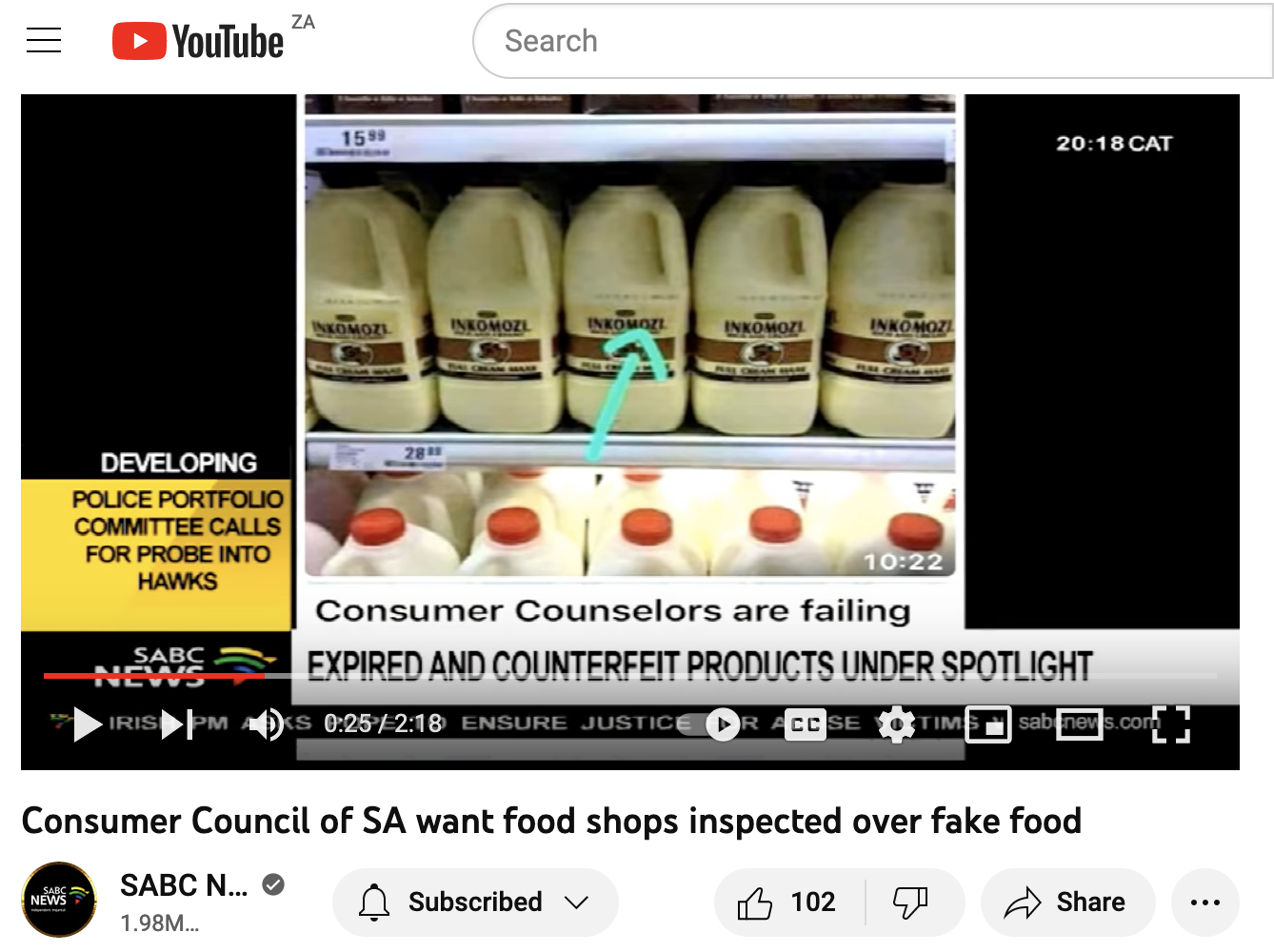Fake-talk and the Spaza Shop
A Fake Food Furore and the Spectre of Public Health Emergencies in South Africa
—
Received: 26 April 2022; Accepted: 7 July 2023; Published: 27 September 2023
Fake food
Protest
Health emergency
South Africa
Xenophobia
https://doi.org/10.17157/mat.10.3.7136
Abstract
At the end of August 2018, a controversy erupted in South Africa. Accusations of potentially poisonous ‘fake food’ had been circulating on social media for a month or so, and by early September reports were common on South African news programmes. Accusations fell at the door of foreign-run
spaza
shops (convenience stores), some of which were looted and their shopkeepers harmed. Many commentators read these events as another outbreak of the xenophobic violence that has flared up across South African townships for more than a decade. Our reading is different. In this Research Article, rather than dismissing accusations of fake-ness as merely a pretext for popular protest and violence, we tackle the question of what work ‘fake-talk’ does. We show that in this instance, accusations of fake-ness brought a distinctive urgency to events, framing what might otherwise have been seen as concerns about inequality in the language of a public health crisis. In response, a state normally hesitant to act on citizens’ long-standing complaints about ‘the duplicity of foreigners’ intervened with a new speed and decisiveness. ‘Fake-talk’, we conclude, is an important site of inquiry because of how it may enable certain actions, regardless of whether suspicions are founded.
